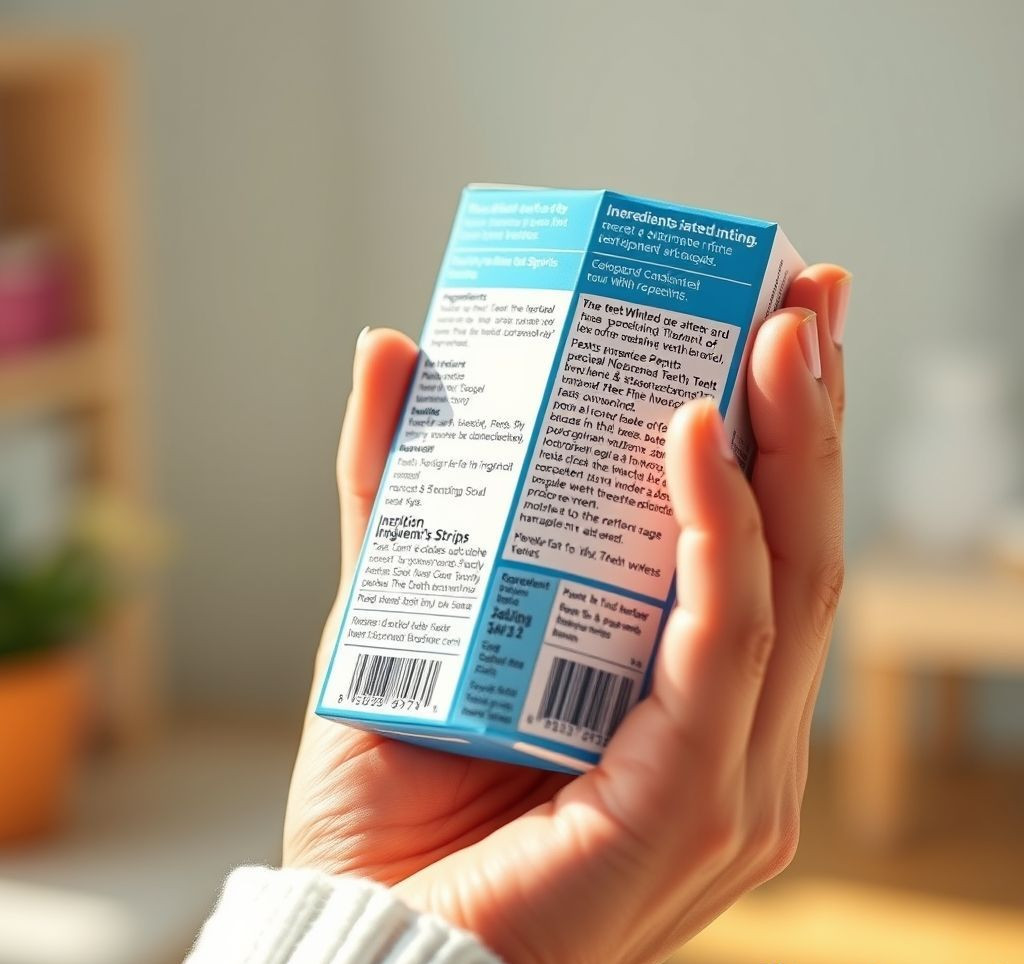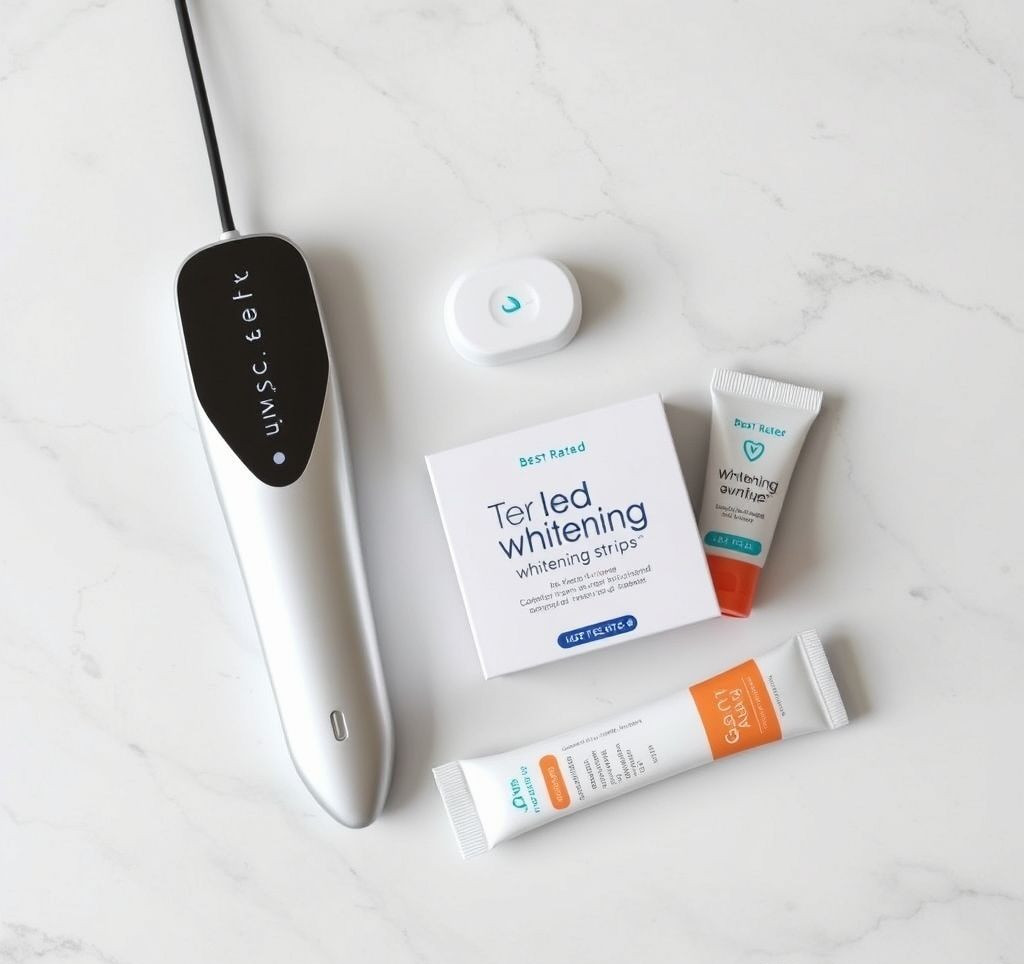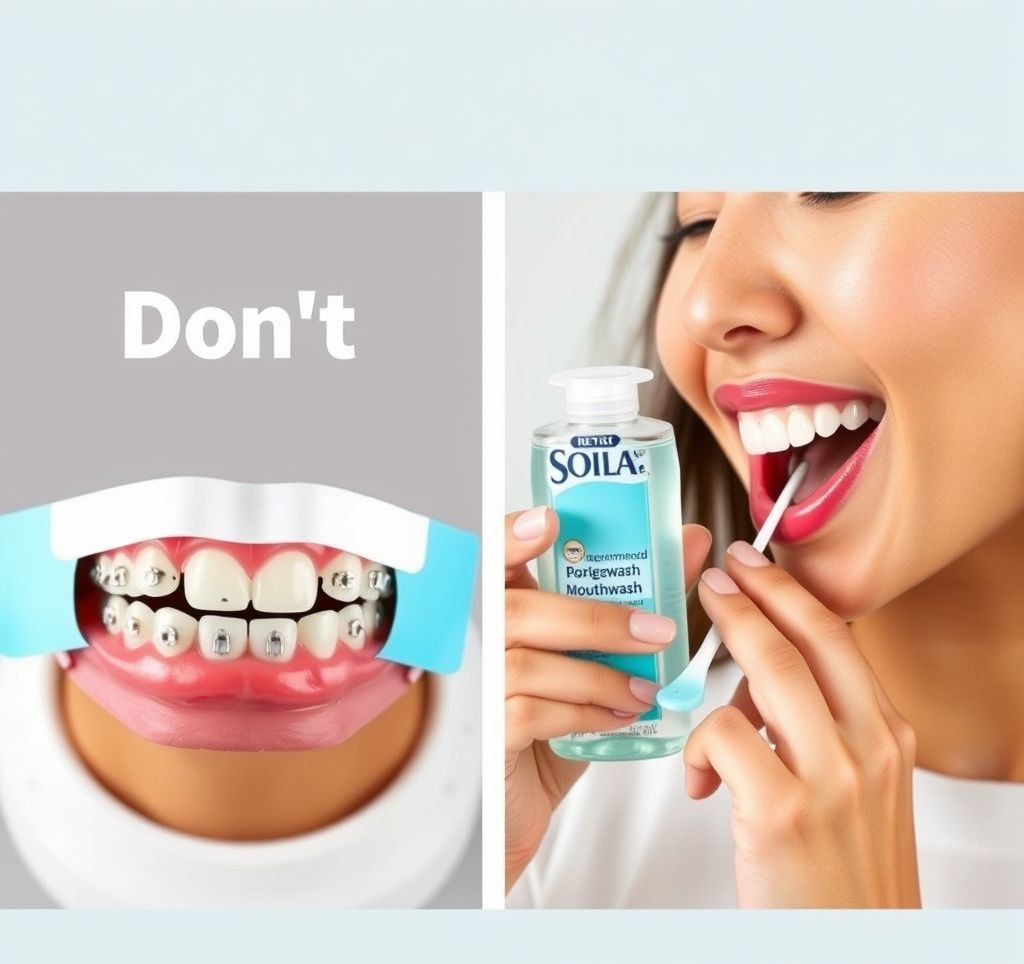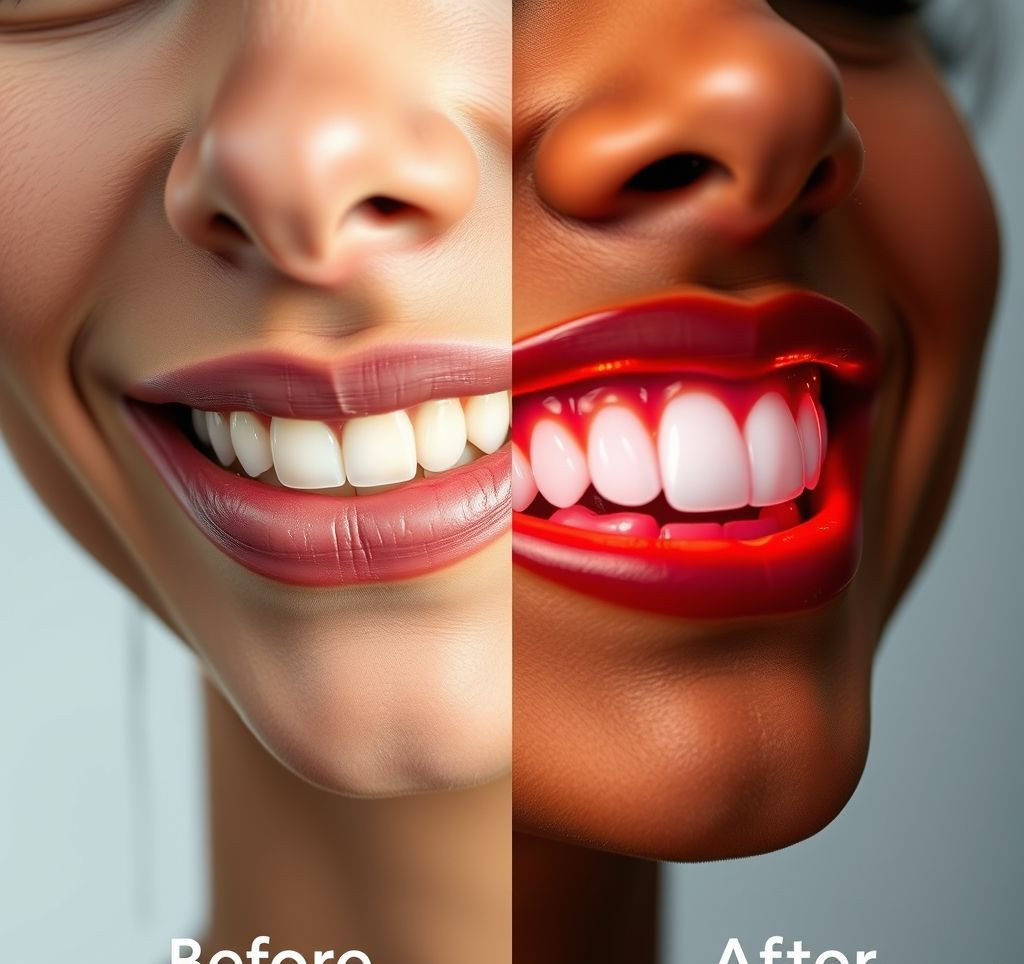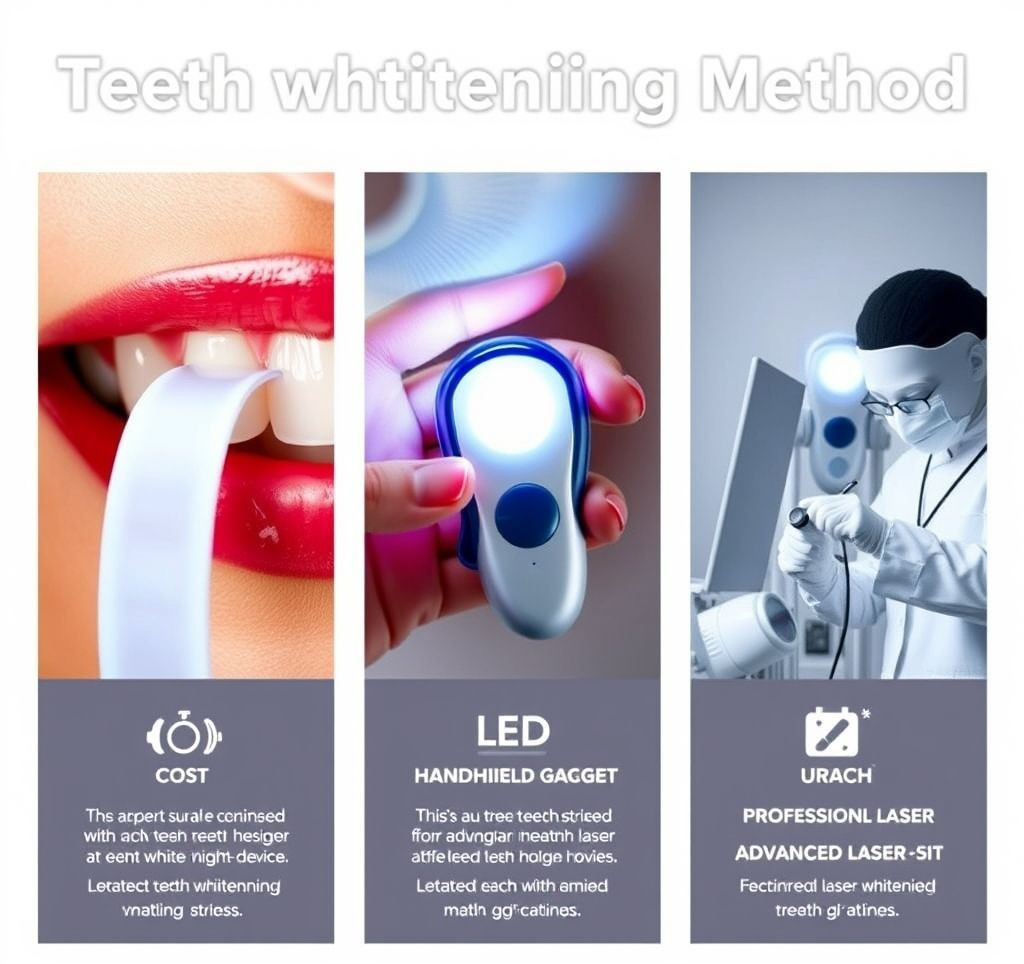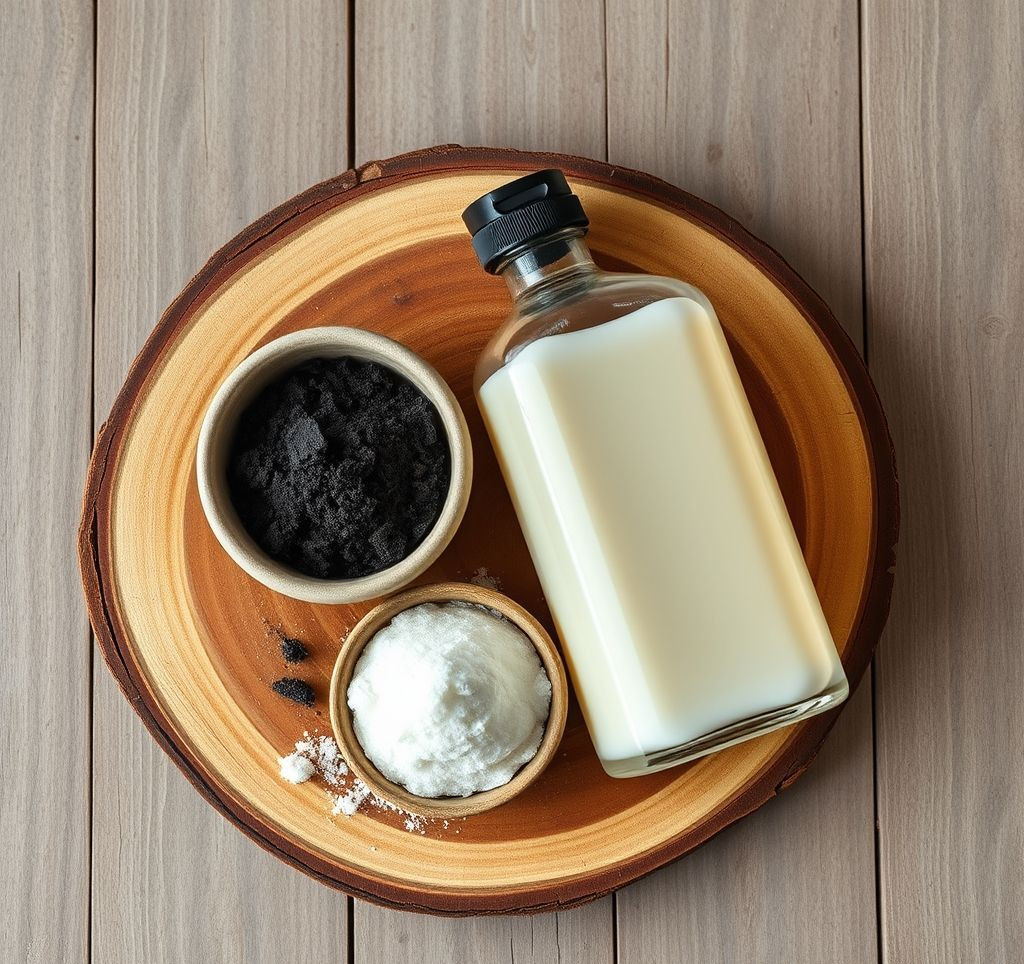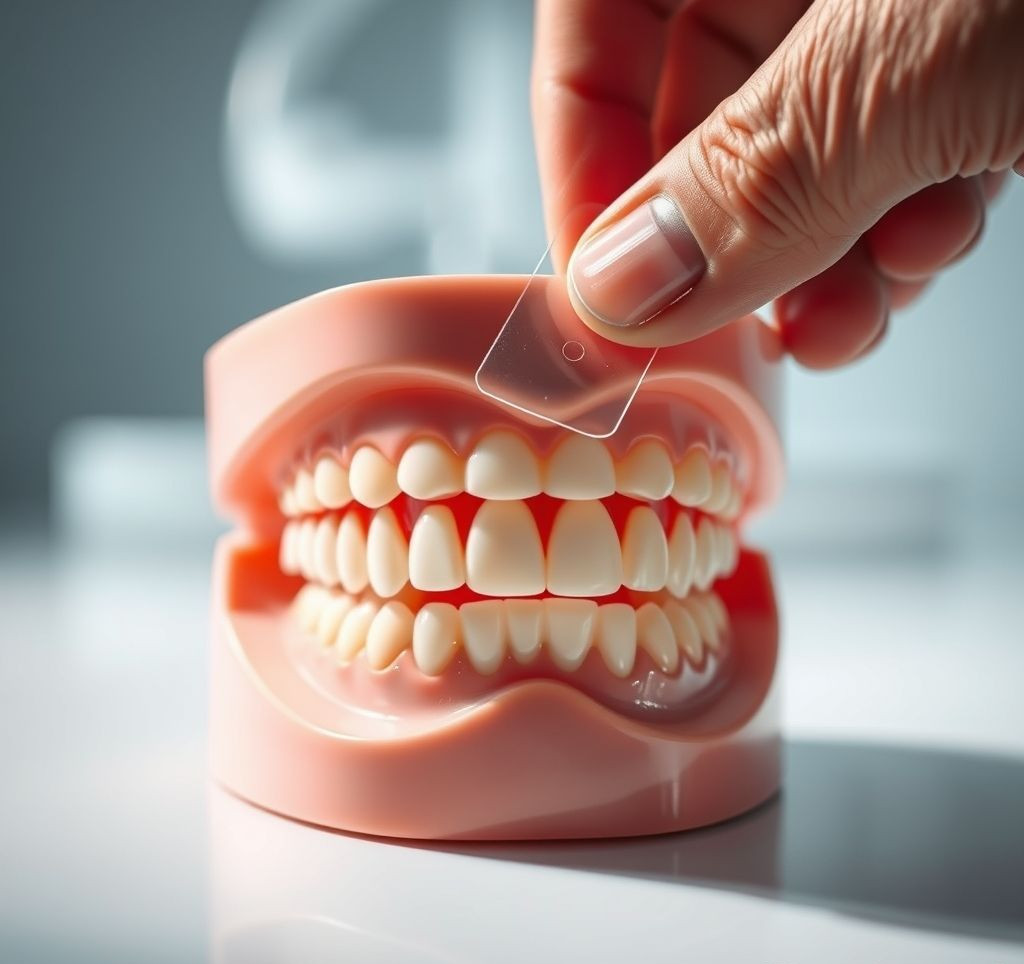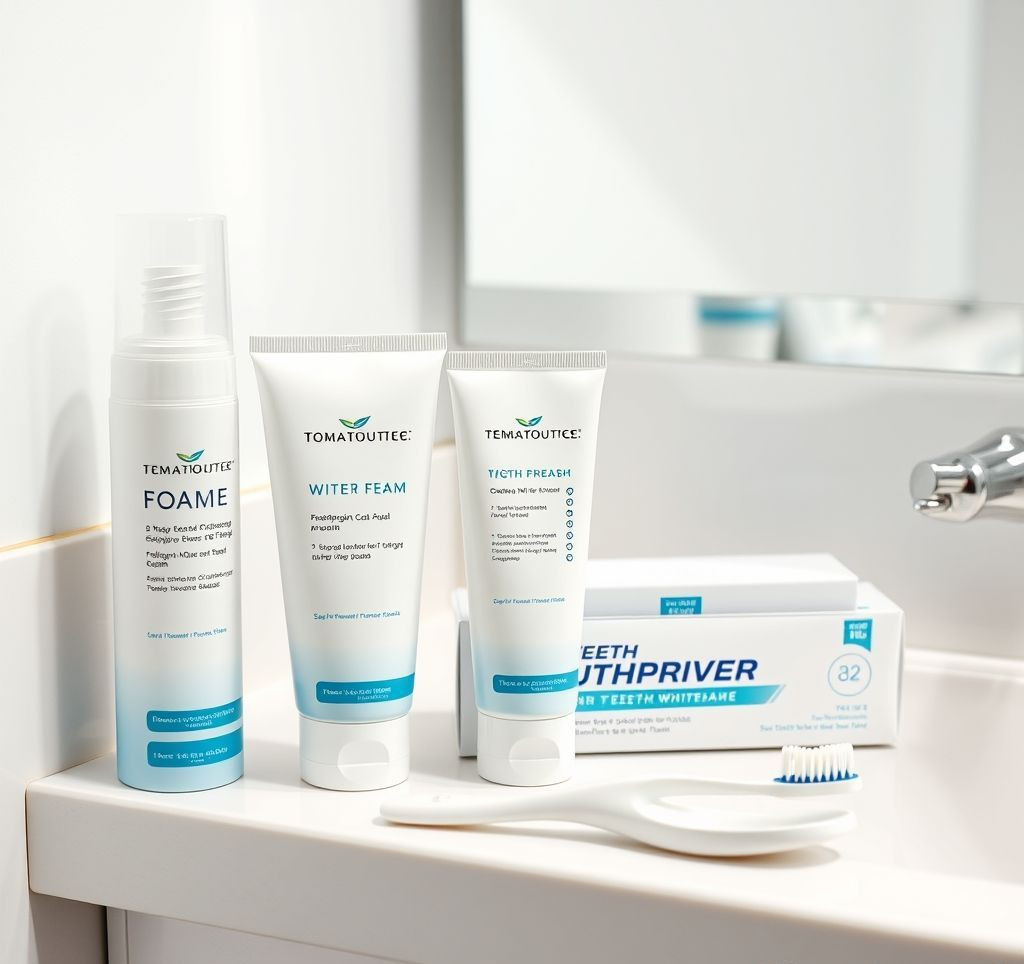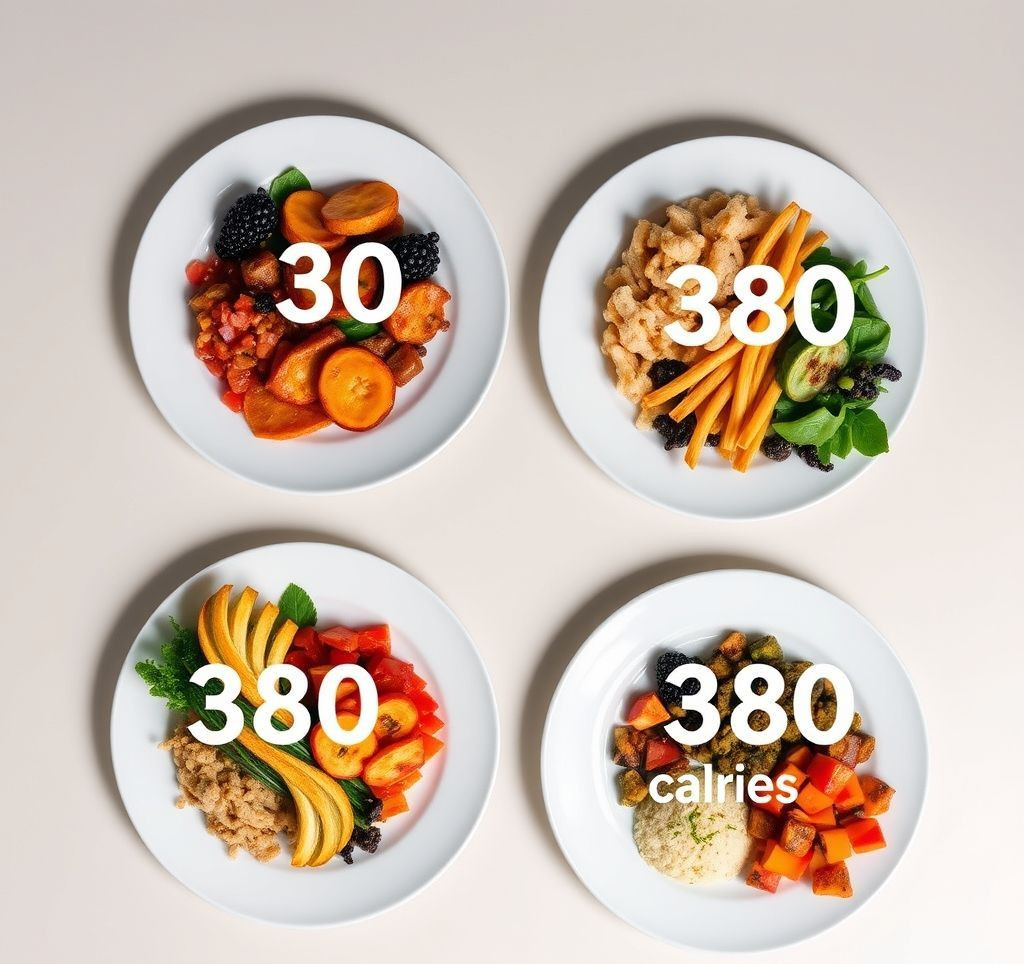A radiant smile can significantly boost your confidence. With countless teeth whiten products vying for your attention, how do you choose one that delivers results safely and effectively? Don’t let confusing labels and misleading marketing claims lead you astray. This guide provides the essential knowledge and practical tips to navigate the world of over-the-counter teeth whitening and find the perfect solution for your needs.
Why Understanding Teeth Whiten Product Ingredients Matters
Choosing the right teeth whiten product isn’t just about aesthetics; it’s also about protecting your oral health. Understanding the ingredients empowers you to make informed decisions and avoid potential risks. Here’s why knowledge is key:
- Effectiveness: Different ingredients yield varying levels of whitening power. Knowing which ingredients are most effective helps you choose a product that will actually work.
- Safety: Some ingredients can cause tooth sensitivity or gum irritation. Understanding these risks allows you to select a teeth whiten product that minimizes discomfort.
- Value: Don’t waste money on products with ineffective or unnecessary additives. Ingredient awareness equates to smarter shopping.
- Customization: Everyone’s teeth are different. Knowing the ins and outs of teeth whitening ingredients allows you to choose a product best suited to your dental needs and overall health.
Core Teeth Whitening Ingredients: Hydrogen Peroxide vs. Carbamide Peroxide
The two main active ingredients you’ll find in most teeth whiten products are hydrogen peroxide and carbamide peroxide. Understanding the difference is crucial:
- Hydrogen Peroxide: This is a potent bleaching agent and the active component in many professional teeth whitening treatments. It works faster but can sometimes cause more sensitivity.
- Carbamide Peroxide: This is a more stable compound that breaks down into hydrogen peroxide. The breakdown is slower, leading to a gentler, more sustained whitening effect–something especially helpful if you’re concerned about sensitivity.
The concentration of these ingredients is typically expressed as a percentage. Higher percentages generally mean faster whitening, but also a greater risk of sensitivity. A study published in the Journal of the American Dental Association found that products containing between 6% and 10% hydrogen peroxide are generally effective for at-home whitening when used as directed.
A Step-by-Step Guide to Choosing the Right Teeth Whiten Product
Here’s how to confidently select a teeth whiten product that meets your needs:
